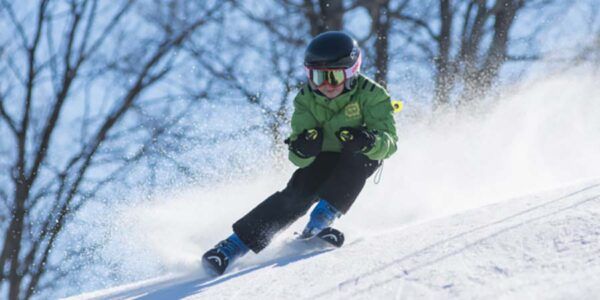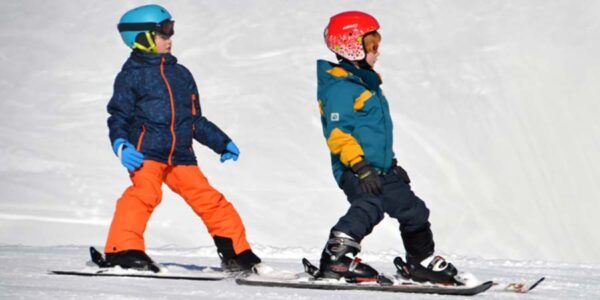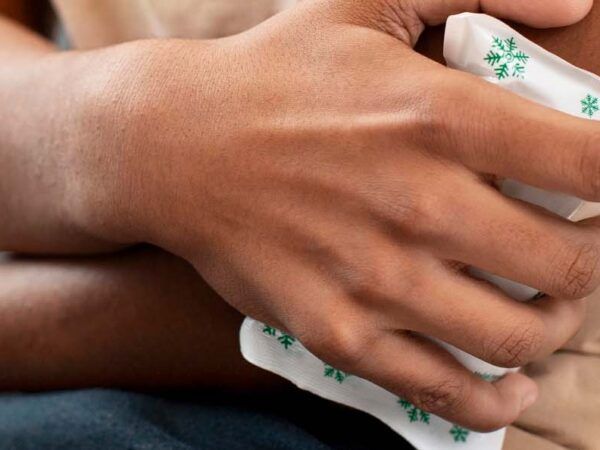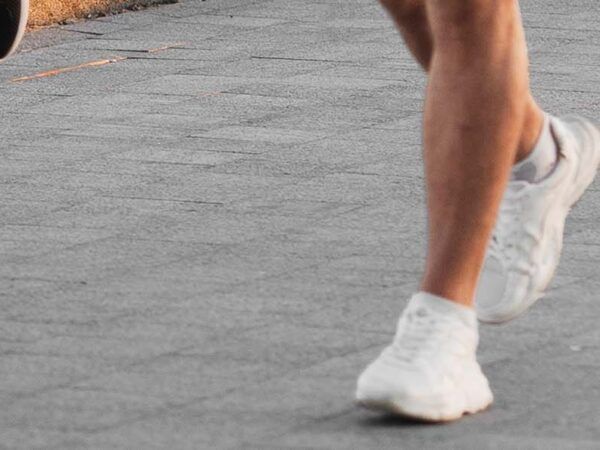what is alpine ski injuries?
Ski season is well under way! Know the most frequent related injuries and how to prevent them.
- Are you a professional skier or a beginner?
- Have you or anyone of your family and friends got injured during skiing?
- Do you know what are the most frequent injuries that happen during skiing?
- Would you like to know how to prevent the risk?
If you answered “yes” for almost all these questions, then you might want to keep on reading.
You have been patiently waiting for that first bit of snow to go on your first ski trip and hit the slopes. Yes, skiing is fun and exciting, but it is classed as an extreme sport so if you do not prepare your body properly for it, you would end up being injured, whether you are a professional skier or a beginner.
We will be talking about the most common skiing injuries and how to prevent them.
The most common skiing injuries
Sprains
A sprain is a type of injury in which the ligament that keeps a joint stable is overstretched or torn. Skiing involves uneven surfaces, sudden turns, rapid maneuvering and at times high speed, all of which can place too much stress on the joint. Falling is another way that sprains can occur when skiing.
In the knee, for example, two ligaments are commonly injured with skiing. They are the anterior cruciate ligament, also referred to as the ACL, and the medial collateral ligament, also known as the MCL. The ACL is found deep in the knee joint and the MCL is located superficially on the inner part of the knee.
The ACL is often injured when you pivot awkwardly on one ski, when the knees bend back too far or when a sudden stop is made. In contrast, the MCL can be affected when the knee buckles too far inward such as when performing sudden changes in direction or landing unbalanced from a jump.
Sprains from skiing are also commonly seen at the thumb and are known as “the skier’s thumb”. It is a sprain of the ulnar collateral ligament, situated at the base of the thumb and closer to the index finger. This ligament is injured when the skier falls with his hand strapped to a ski pole and the thumb bends backwards excessively away from the pole.
Falling injuries
Upper body injuries
The most common way that skiers sustain injuries to the shoulders and arms is by falling with their arms held out in front of them.
Shoulder dislocation
The shoulder joint is formed by the arm bone and the shoulder blade like a ball in a socket. It is the most mobile joint in the body which makes it more vulnerable to instability. When you fall directly on your shoulder or brace yourself with an extended arm as you fall, the ball of the arm bone can move out of its socket. In most cases, the shoulder joint will dislocate to the front or anteriorly as ligaments have been damaged. Tendons and muscles may also be injured from the fall, causing additional pain and weakness.
Collarbone fracture
This bone links the shoulder to the rest of the body. It is made of an inner, middle, and outer part. The fracture occurs after a direct blow on the shoulder during a fall or collision. It is the more common upper body fracture during skiing. The most fractured part is the middle and outer part.
Lower body injuries
The lower leg is composed of two bones, the tibia and the fibula. An injury can happen to these two bones during a forward fall while skiing. A fracture of the tibia and fibula can be sustained just above the top of the ski boot and is commonly known as a “ski boot top fracture”.
Head injuries and concussions
From concussions to hematomas, these injuries could range from a minor to a severe trauma depending on the degree of the fall, hit or collision. Velocity is often a common factor in head injuries.
These injuries can happen when the skier can’t maintain their speed and balance at the same time. Some head traumas can lead to excessive bleeding and may require stitches. Other symptoms experienced with head injuries that are related to a concussion include dizziness, headaches, vision and hearing problems, nausea, excessive fatigue, and brain fog.
Symptoms from a concussion require immediate medical attention and a concussion evaluation is always recommended following any head injury.

How to minimize the risk of these injuries
Good physical condition and fitness level
Before deciding to go on a ski trip, make sure that your fitness level is good enough.
You can start exercising in summer by doing strength training, core stability, balance and cardio exercises and endurance training to prepare for ski season.
If you feel like you’re out of shape, try to start slowly and gradually with your ski runs then progress to more challenging ones.
Warm up
Cold muscles are more prone to injury. Start your warm-up with some jumping jacks, high knees, running in place for 5 minutes. You can also do some easy ski runs afterwards to finish your warm-up.
Hydratation
Dehydration can majorly affect your physical condition and your endurance. As a result, the risk of injuries increases. Drink water before, during and after skiing.
Appropriate equipment
Equipment that is improperly adjusted and poorly functions is a frequent cause of injury:
• Always check your bindings, they shouldn’t be too tight or too loose. They should be adjusted to your height, weight and skiing ability.
• Make sure the equipment is properly sized and used on a proper terrain.
• Always wear protective gear like goggles and ski helmet. Sometimes wrist guards, elbow and knee braces are recommended especially in a terrain park.
• Wear several layers to help your body adapt to the temperature changes that it’s undergoing. Layers should be loose, light and water-and-wind resistant clothing for warmth and protection.
Safe environment and knowing safety rules
• You should always stay on marked trails.
• Be careful and watch out for rocks and ice patches on ski trails.
• Learn about trail signage to know the trail difficulty.
• Always ask for an instructor that can help you and educate you before starting. He will teach how to start and to adapt to the use of the equipment. He will also determine if it is appropriate for you to progress to a more advanced levels of terrain.
• Try to familiarize yourself with the terrain before attempting anything challenging.
• Be aware of skiers and boarders around you to know where to ski fast and where to ski slow so you can prevent crashing into other people.
• Respect the conditions: Always check the weather condition because situations in mountain environment can change quickly.
Ski lessons
Proper ski lessons will teach you how to stop, fall, get back up from a fall and control your speed so you can prevent injuries.

Know your limits
Listen to your body. Stop when you feel tired or in pain! Most of the injuries happen when you try to push yourself for that last run at the end of the day.
Learn how to fall and not hurt yourself
Falling when skiing is inevitable especially for new skiers. An important rule to remember is to always land with your skis touching the ground. Other general techniques for falling properly include:
• Try to fall with your thigh, hip, and shoulder contacting the ground.
• Avoid having your arms stretched out in front of you to absorb the impact.
• Try to curl up in a ball by rounding your back and bringing your head forward to avoid hitting your head on the ground.
How can we help you?
As ski season starts, we begin seeing an increase in clients who have skiing related injuries at our clinic.
Whatever type of injury you’ve had during skiing, at Kinatex Sports Physio, our physical therapists are here for you! They will evaluate your injury, deliver the hands-on treatment you need, and provide you with strategies to keep your pain away.




